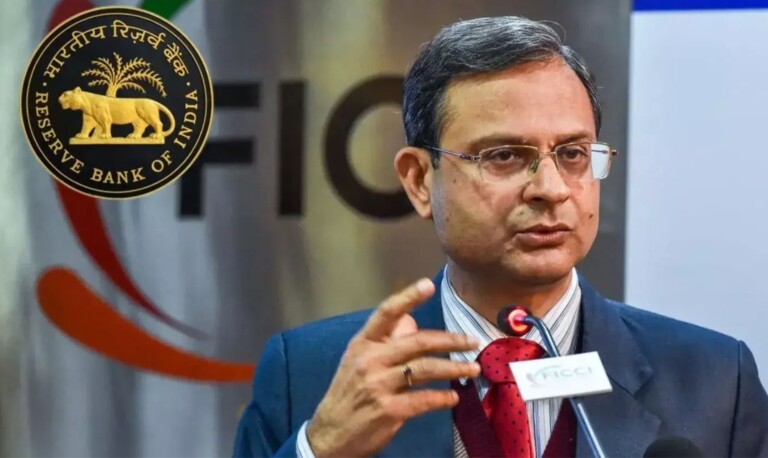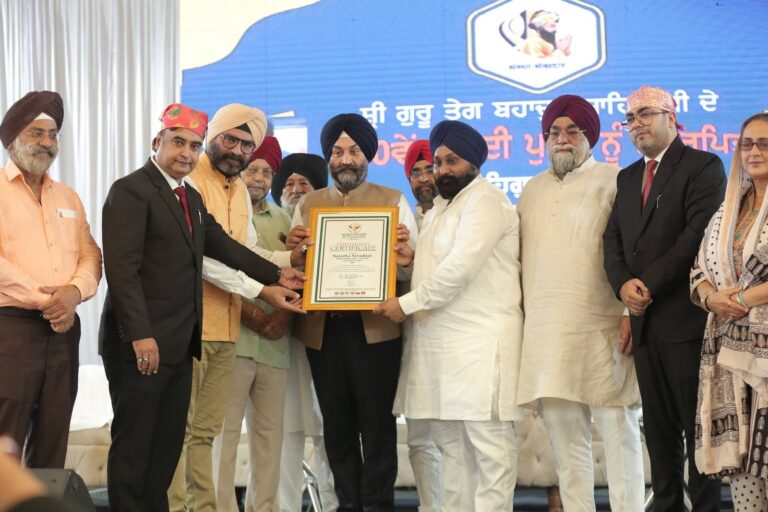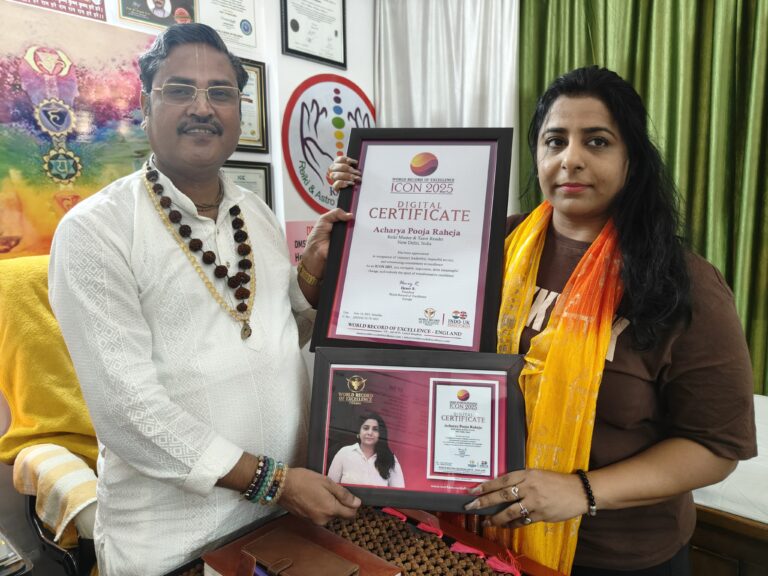
These rules fall under the Legal Metrology (General) Rules, 2011, and will apply specifically to microwave Doppler radar equipment, widely used in traffic speed monitoring. The aim is to ensure accuracy and reliability in speed detection, critical for reducing road accidents and enforcing traffic laws effectively.
The framework for these regulations was developed after consultations with key stakeholders, including the Indian Institute of Legal Metrology (IILM), Regional Reference Laboratories (RRSLs), manufacturers, and vehicle certification organisations. A draft of the rules was published for public consultation, and inputs received were carefully examined.
“The suggestions received during various consultations are examined carefully, and the rules will be notified shortly,” said the ministry in a statement. The regulations align with standards set by the International Organisation of Legal Metrology (OIML), ensuring global compliance and best practices.
The verified radar equipment will ensure precise measurement of speed and distance, minimising errors that could compromise road safety. The Consumer Affairs Ministry highlighted the importance of reliable data in traffic enforcement, stating, “Reliable speed measurements will not only help in identifying speeding violations but also in deterring unsafe driving behaviours, thereby reducing accidents and wear on road infrastructure.”
Here’s a breakdown of what the new rules entail, why they’re needed, and how they aim to improve road safety.
What Are the New Radar Rules?
The new rules, developed under the Legal Metrology (General) Rules, 2011, will require mandatory verification and stamping of radar devices used for measuring vehicle speeds. These regulations specifically target microwave Doppler radar equipment, widely deployed by traffic enforcement agencies.Before being put to use, every radar device must undergo verification to ensure accuracy in measuring speed and distance. Verified devices will receive an official stamp certifying compliance with industry and international standards.
Why Are These Rules Being Introduced?
India has seen a troubling rise in road accidents. In 2022, the country recorded 461,312 road accidents, which led to 168,491 deaths and 443,366 injuries, according to the Ministry of Road Transport and Highways. These figures represent increases of 11.9% in accidents, 9.4% in fatalities, and 15.3% in injuries compared to 2021.
Inaccurate speed measurement tools can compromise enforcement and road safety. They may fail to identify speeding violations, allowing unsafe driving practices to persist. As the Ministry of Consumer Affairs noted, “Inaccurate speed measurements can undermine road safety by failing to detect speeding violations, leading to increased risks for road users.”
How Were the Rules Developed?
The Legal Metrology Division of the Consumer Affairs Ministry developed the rules in consultation with multiple stakeholders:
- Indian Institute of Legal Metrology (IILM)
- Regional Reference Laboratories (RRSLs)
- Radar equipment manufacturers
- Vehicle certification organisations
A draft of the rules was published for public consultation. The ministry reviewed all suggestions and incorporated relevant feedback. The rules will soon be officially notified.
“The suggestions received during various consultations are examined carefully, and the rules will be notified shortly,” the ministry said in a statement.
How Will These Rules Improve Road Safety?
The key benefits of the new regulations include:
Accurate Speed Detection
Verified radar equipment will provide precise speed and distance measurements, crucial for identifying speeding violations.
Enhanced Traffic Law Enforcement
With reliable data, traffic authorities can enforce speed limits more effectively, reducing the incidence of speeding-related accidents.
Compliance with International Standards
The rules align with guidelines from the International Organisation of Legal Metrology (OIML), ensuring global best practices in road safety enforcement.
Building Public Trust
Certified radar devices minimise the risk of malfunctions or errors, ensuring fairness in enforcement.
Manish K. Shubhay, a partner at The Precept-Law Offices, stated, “The move to regulate radar equipment is timely and well-thought-out. The verified radar equipment will also enhance the efficiency of traffic law enforcement.”
What’s Next?
Once the rules are notified, all radar devices will need to comply with these verification and stamping requirements. This step is expected to standardise the tools used for traffic speed monitoring, improve enforcement accuracy, and ultimately create safer roads for all.
By addressing the root cause of enforcement inaccuracies, the government aims to make Indian roads safer and reduce the alarming rate of road accidents.







